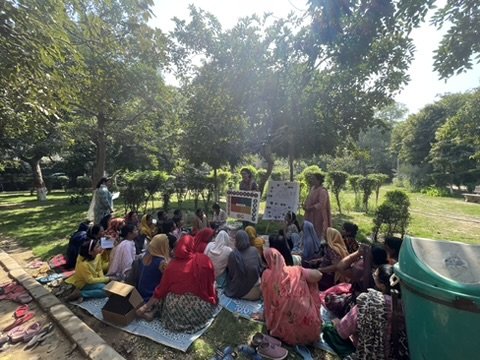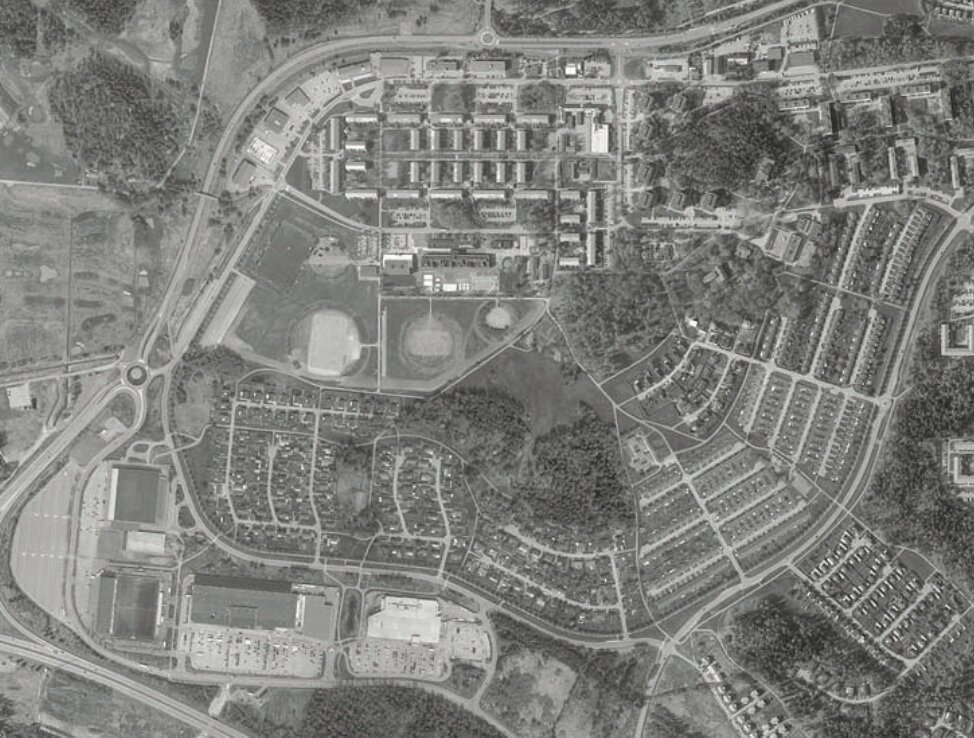
City Log
A blog dedicated to all things urban.
Watch this space for open calls, or;
Send us a 75-100 word pitch on a subject related to urbanism.



Planning: Spaces of Migration
A right to the city is more than the imposition of inclusive policy, It's an epistemic position in relation to the lived city, the remembered city - one that requires us to attend to claims to design, space and infrastructure from neglected pockets of urban modernity - the informal settlement or the returning migrant.

Rethinking Public Engagement for Safer Streets
More than 2.3 lakh people die in road crashes in India every year and more than half of these are among vulnerable road users. This constitutes 11% of global road traffic deaths. Traditionally, this issue in India has been addressed by raising awareness only. A more effective strategy, however, is to induce systemic change that is driven by public participation.

Why invest in Delhi’s public spaces?
The Sustainable Development Goals that underpin the current global urban agenda, call to “provide universal access to safe, inclusive and accessible, green and public spaces”. Yet, if the lack of provisions for public space in the ‘Delhi Master Plan 2021’ are to be taken as a beacon, our city is currently far from investing sufficient thought and action in its public spaces. How can we as citizens, rise to the occasion of claiming and co-creating our urban realm?

Placing Culture First
The thought processes, beliefs and customs of individuals and communities are shaped by culture just as they play a role in selecting what becomes a part of our everyday lives. It is important to understand that by looking at culture only in the form of what is outside and tangible we risk defining the possibility of cultural impact too narrowly. I would like to use the connection between culture and the built environment to understand the wider meaning of this term.

Caring for the Everyday Life and Form of the Urban
As we see the world slowly opening up, citizens spending more time outdoors, moving about, and redeveloping networks, experiencing ‘life between buildings’ is becoming more important than ever. The demand for affordable housing and public infrastructure is disproportionate to supply, which has us asking questions about the basic need and quality of our collective resources - Who plans for them? Who maintains them? Who has ownership over them?

On Being Urban
The word ‘urban’ is rooted in the networks formed by people. These high-density settlements and infrastructures of the built environment are created through the process of urbanization, which occurs via migration and natural population growth. Population density and urban sprawl are some of the key occurrences, which are defining measures within the scope of urban areas.

The Making of Place
In the polis (city-state) of Ancient Greece, the need for public place was realised as early as the 5th century BC, where the agora and Pnyx were the central features of community life. They were common ground for social interaction, debate and the continuous unfolding of democracy.
